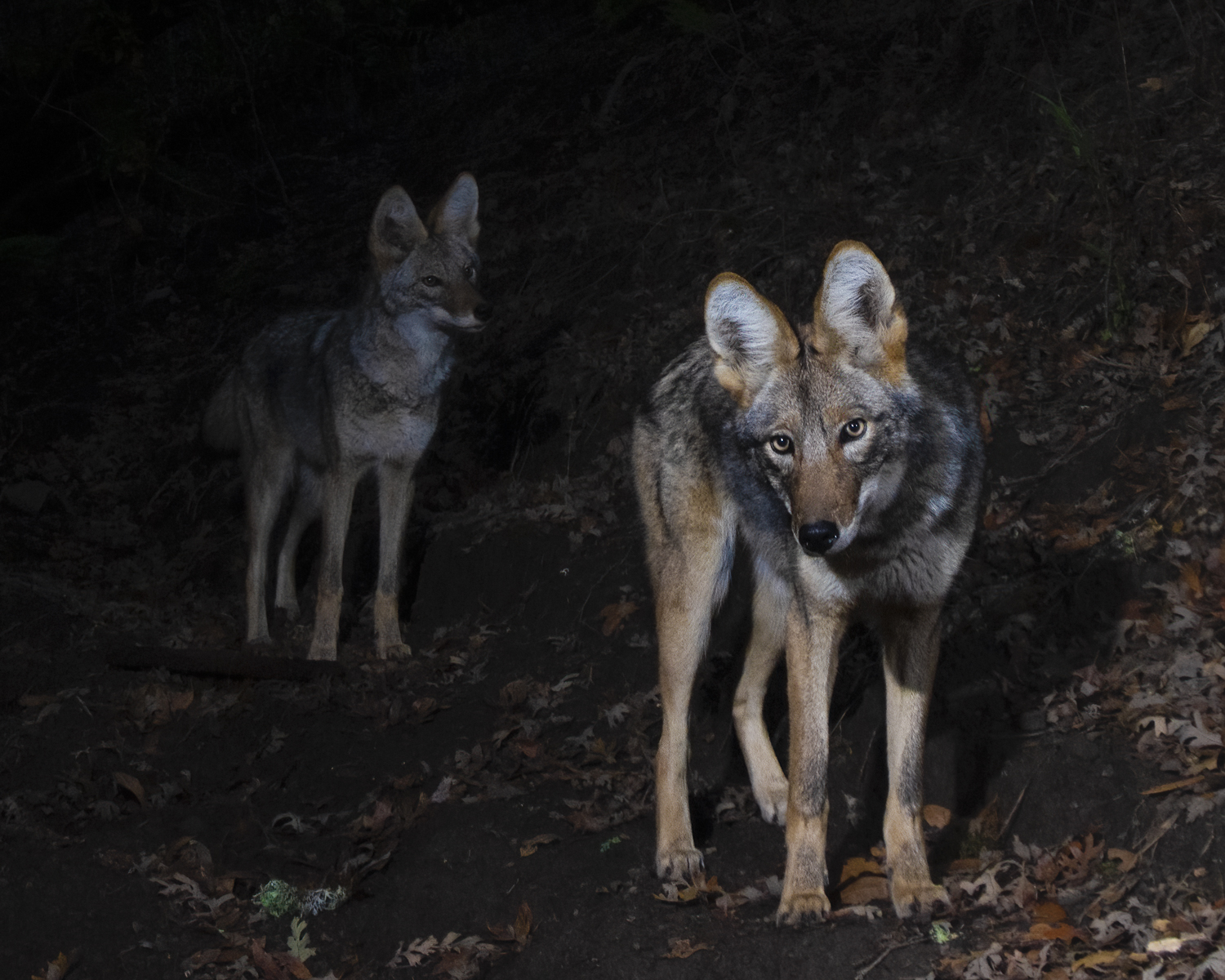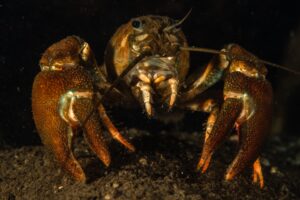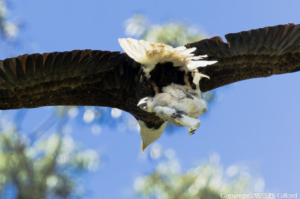A selection of our favorites and yours—from long reads to an Instagram takeover.
Capturing the Flood in California’s Ancient Underground Waterways

Erica Gies writes of the long-buried riverbeds that can move and absorb excess stormwater, storing it for future droughts.
Home Away From Home: Meeting the Red-Whiskered Bulbul in San Francisco

“I have been wondering for a while now about the labels we put on plants and animals found ‘out of place’ in what increasingly seems like an out-of-place world,” writes Mukta Patil.
One Head, Two Heads, No Head, All Fine for Planarians
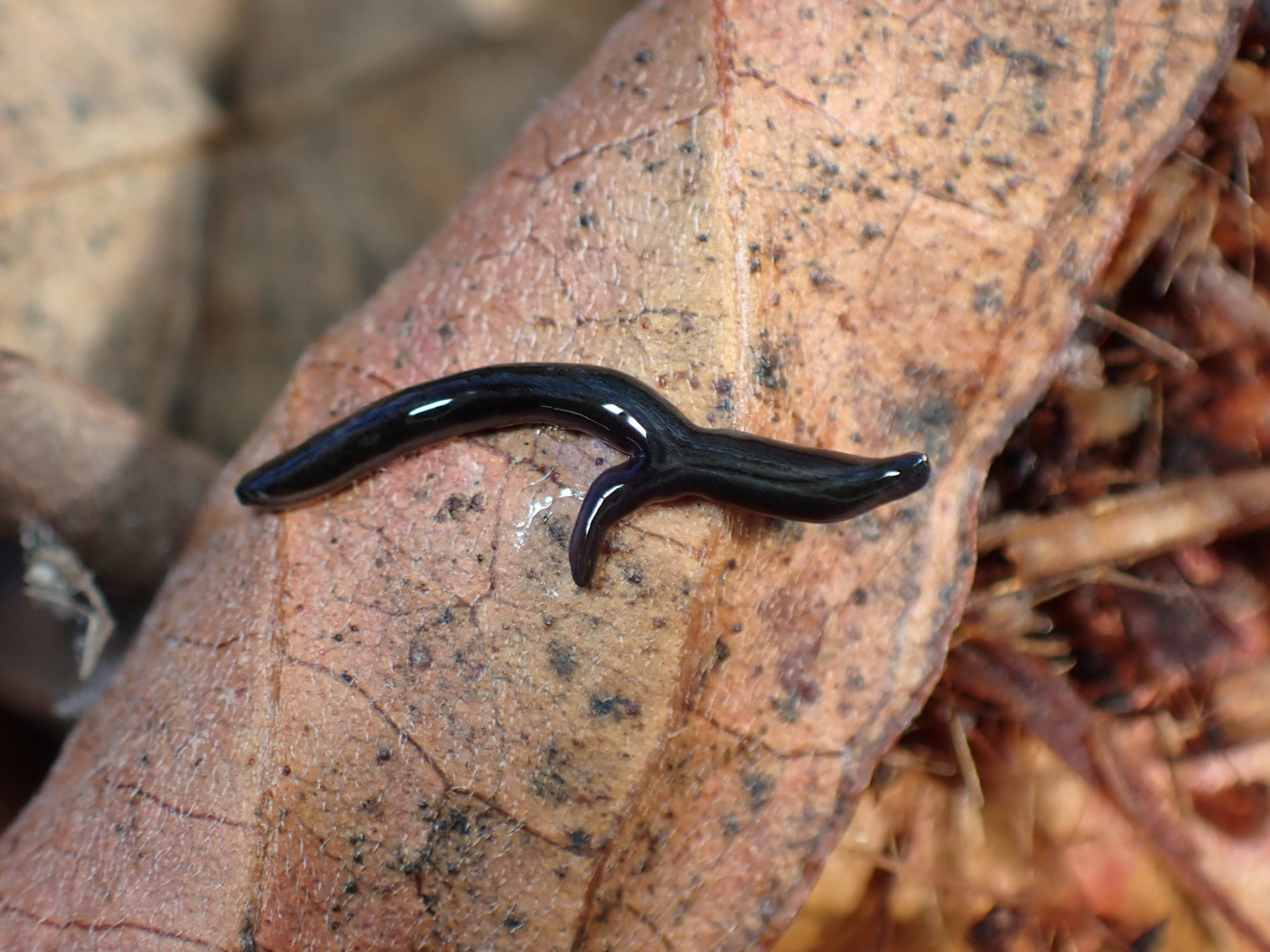
“The time is ripe for biologists to unravel the diversity, ecology, and natural history of land flatworms,” one scientist writes. Do not miss the drama that unfolds within a single individual, in writer Robin Agarwal’s accompanying video: a Hamlet writ very small.
A Night Out with the Newt Brigade
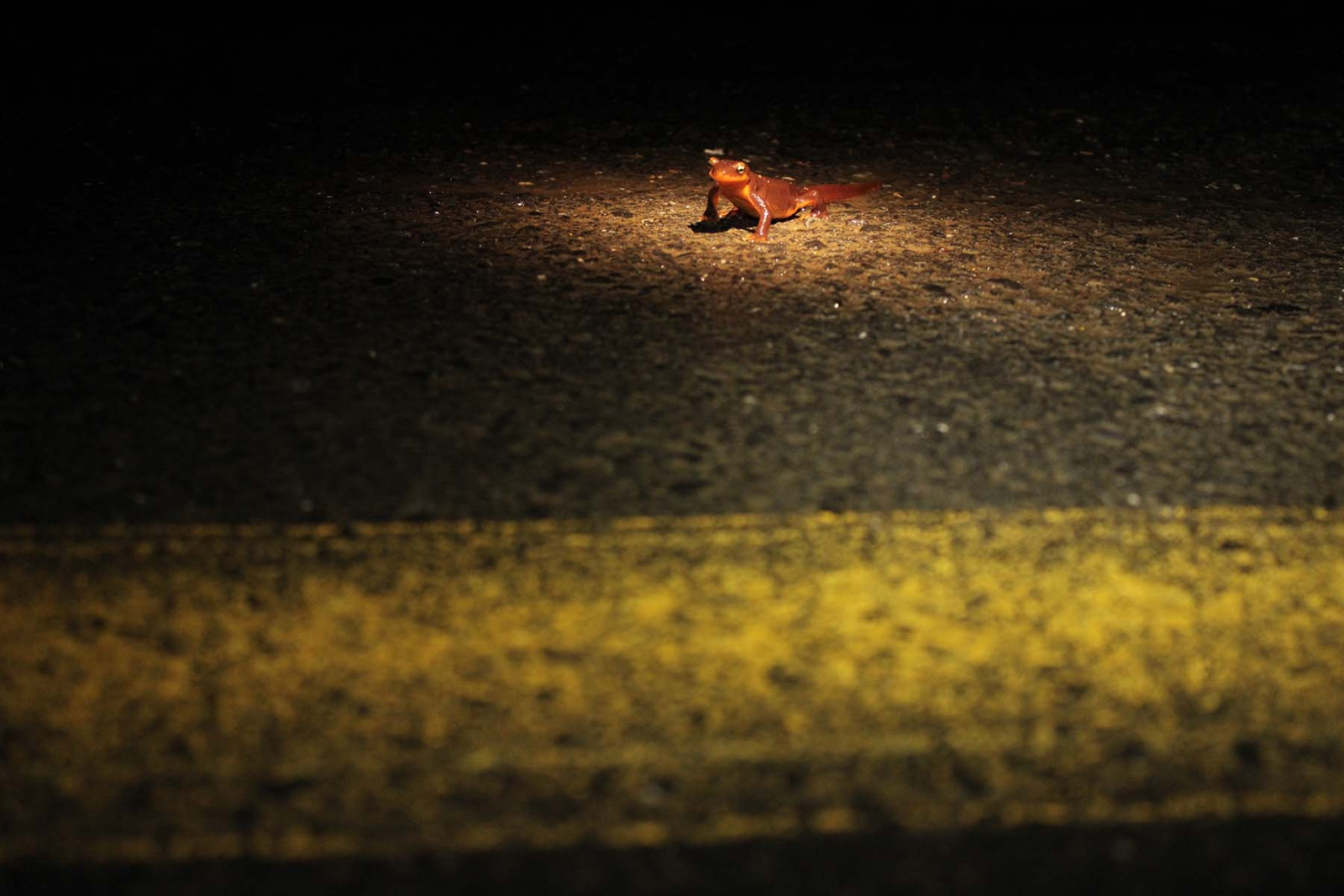
Head newt coach Susan Gale is expecting a big night. “It just feels newty,” she says. On nights like these, volunteers can count 100 newts in a two-hour shift. Emily Moskal writes.
Holding Fast for Abalone, Our Elder Relatives
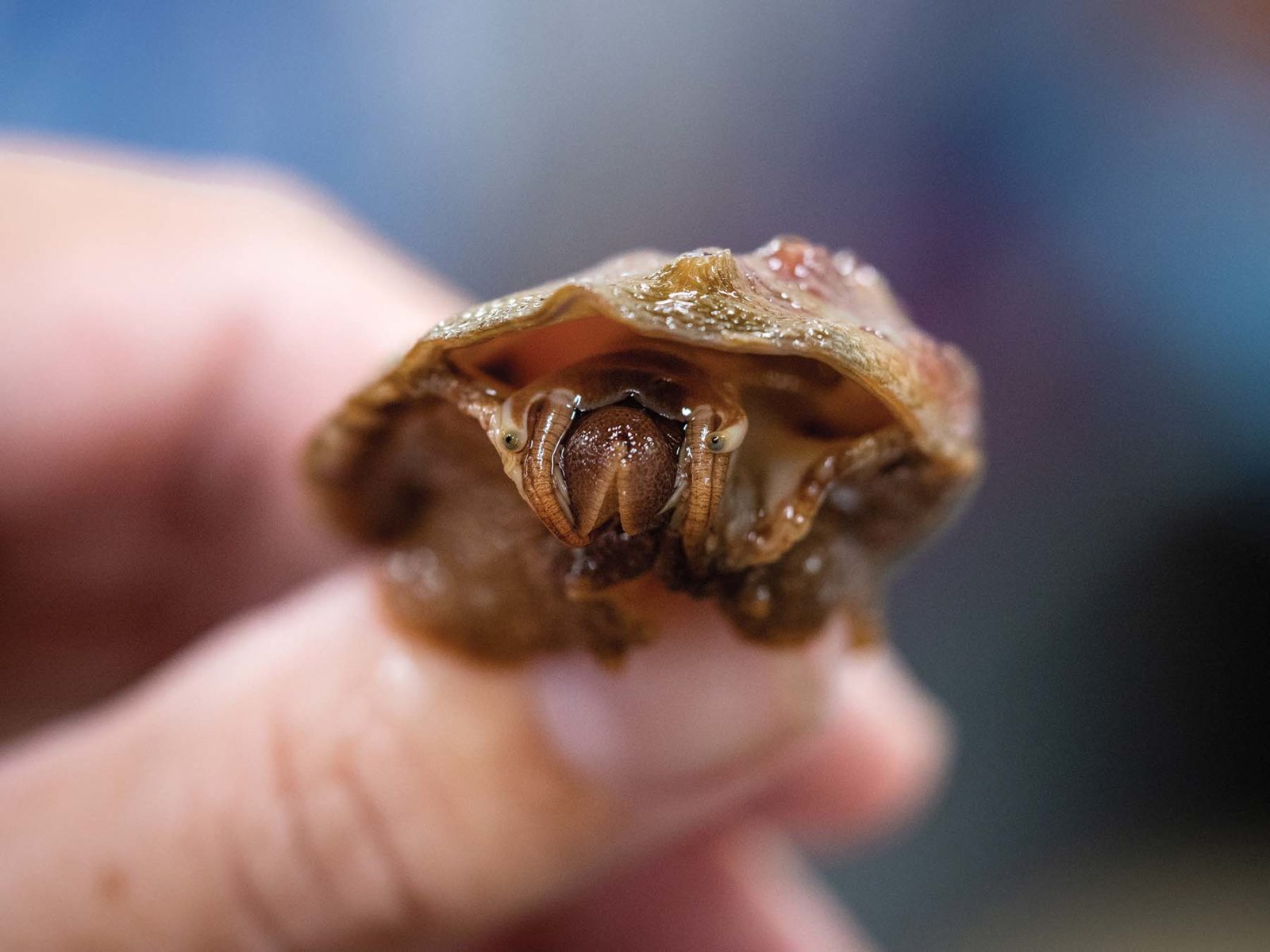
Jacquelyn Ross, who is Coast Miwok and Southern Pomo, writes of abalone’s importance and its hopeful future. “One has to see a baby abalone shell to appreciate the wonder of the abalone reaching maturity at all. … As new beings, they are so tender. The shells of those who die in infancy are wee ovals, little petals of shimmer that float in and catch on the sand at the tidal edge.”
How Do You Tell the Difference Between Shrews, Moles, and Shrew Moles?

Ask the Naturalist’s Michael Ellis sorts us out on this longstanding issue of importance.
The Living Drill Bits That Grind Holes in Beach Rocks
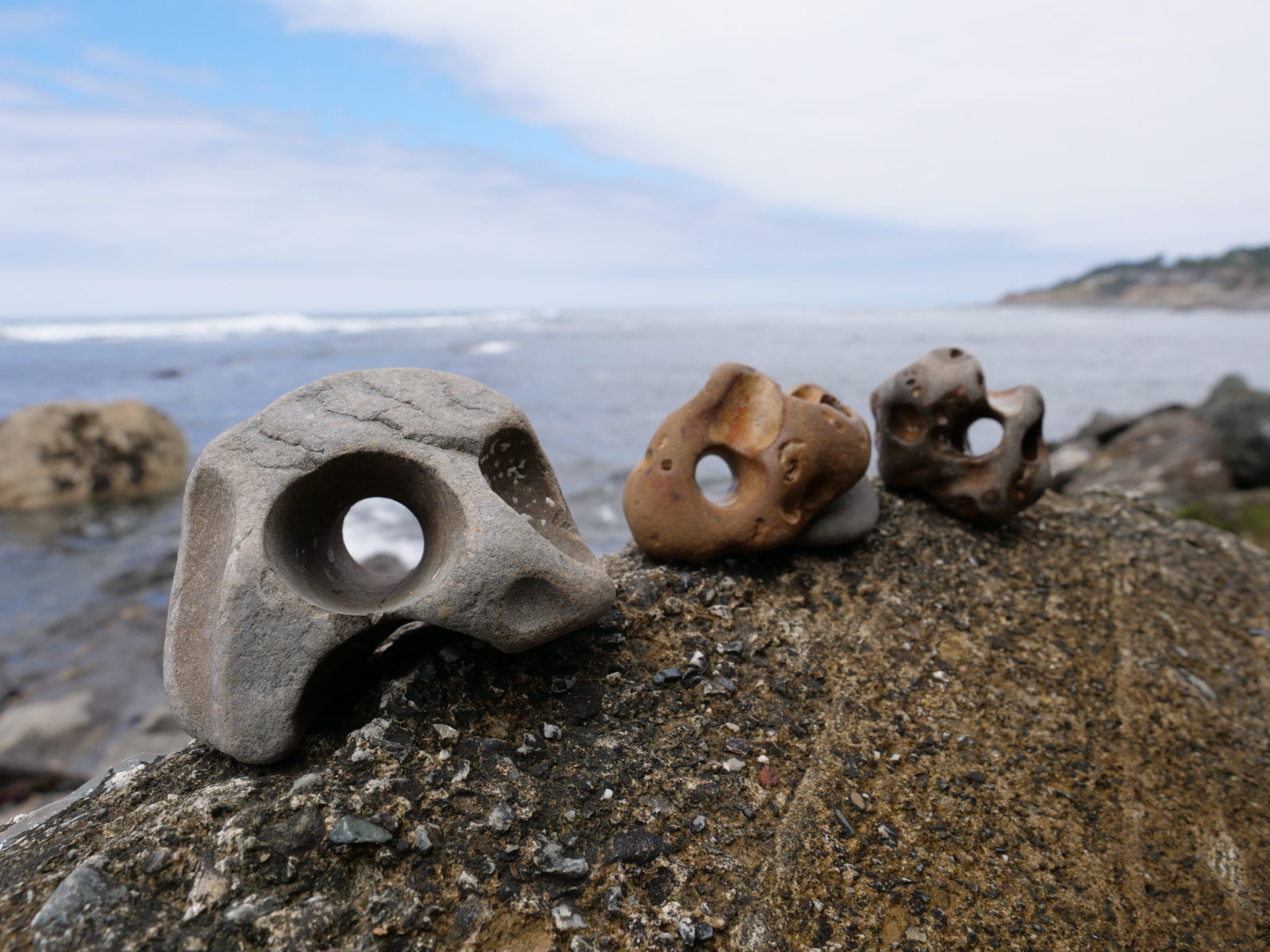
This clam makes its mark on the world at the rate of one millimeter per month. Guananí Gómez-Van Cortright investigates, at the beach.
An Enduring Oak Mystery: Synchronized Acorn Booms
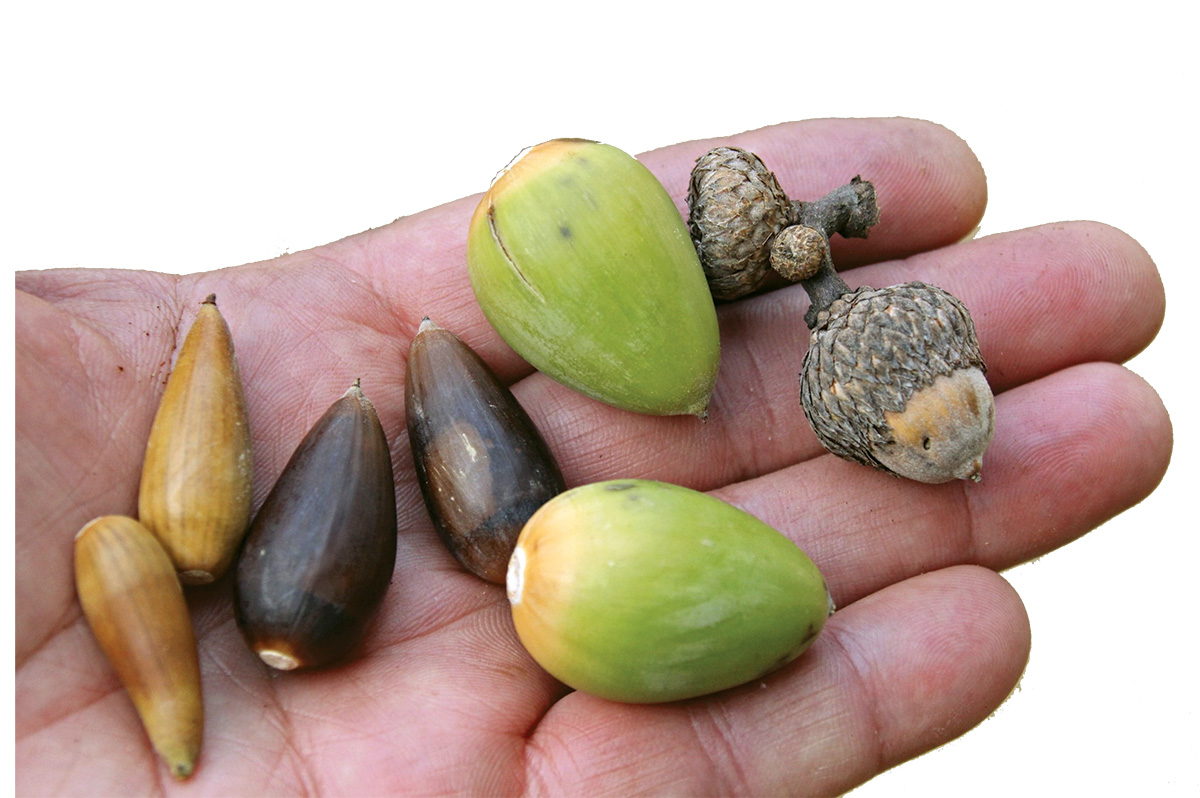
Get all your acorn questions answered. Then print out our gorgeous and handy acorn field guide for your next hike.
Cheeky Bobcat Kitten, Owl on the Hunt: How a Young Wildlife Photographer Gets the Goods
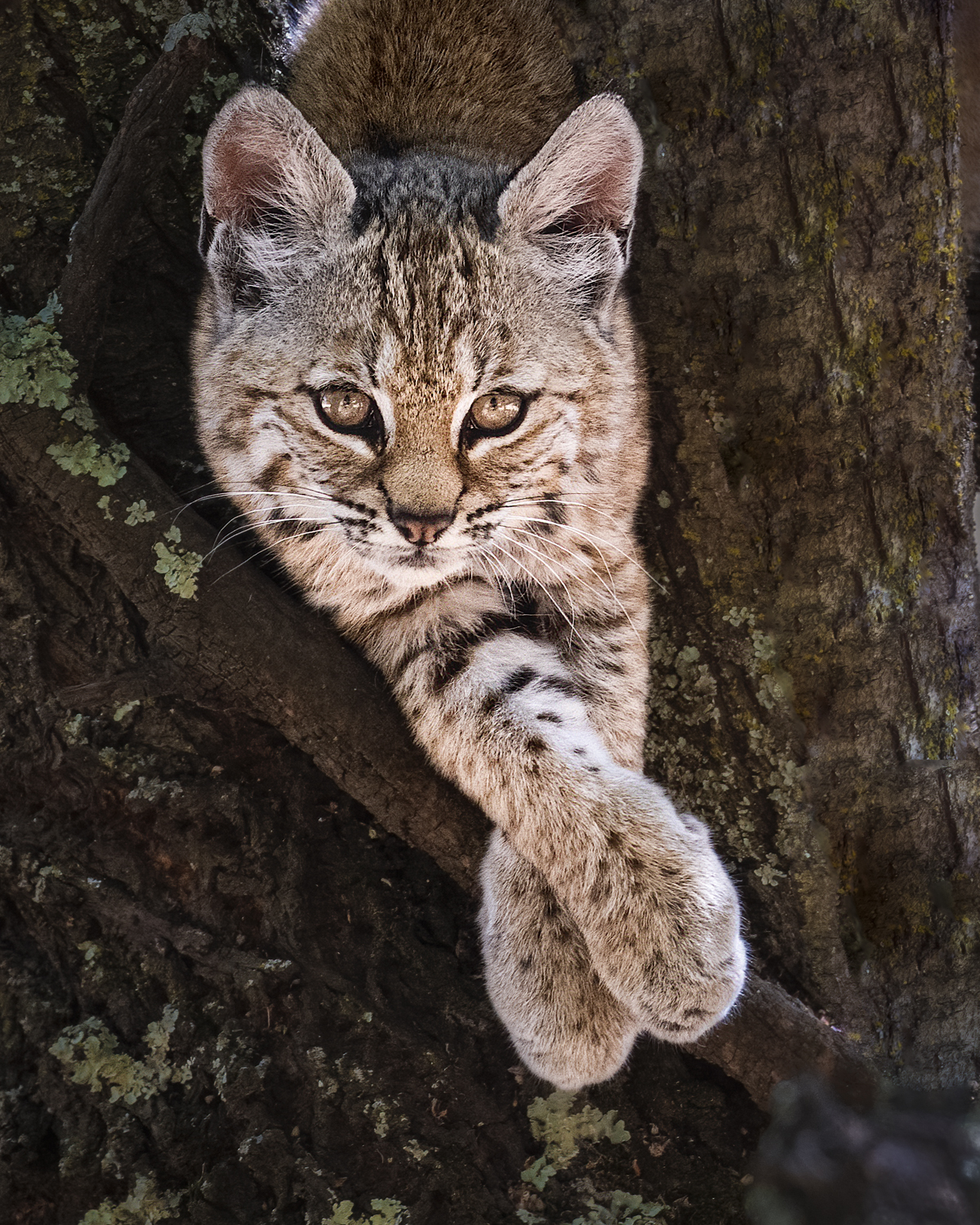
Pro tip: You don’t have to go far, but it helps to spend all your spare time in the woods. Vishal Subramanyan’s wildlife photos from the East Bay were the toast of our Instagram account this year.

